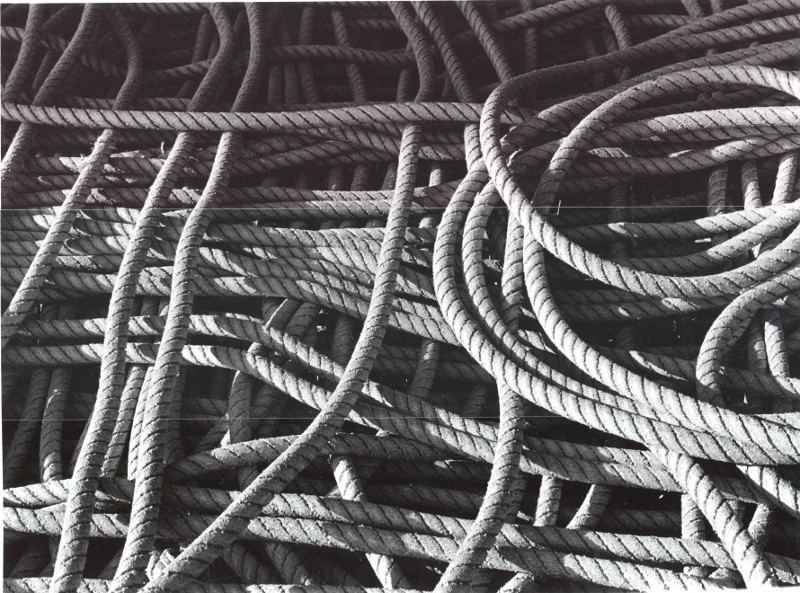x-ray
Veteran
One word: developing to finality.
"Finality" implies "gamma infinity", the maximum possible contrast of which the emulsion is capable. Not since the early DIN standard has this been how films are developed (and then, only for the DIN standard, not for printing). This is why I think sevo is right and I was in my first post wrong.
Cheers,
R.
Fiber based and non developer incorporated papers do not necessarily go to completion for a desirable print. For example I print on Ilford MG FB most of the time and use LPD 1:3 for a warmer tone. I standardize on 3 minutes development. I adjust exposure and of course contrast for that time. 3 minutes is within the recommended time range. But, if I allow the print to continue developing for 4 or 5 minutes it goes farther and increases in contrast.
Continuing development doesn't improve the print IMO but rather creates a look I don't care for. Certainly I can adjust contrast for time that would yield completion in development but I still find the print unpleasing. My point is, within recommended times for development the print doesn't necessarily go to completion. Increasing times or decreasing changes the slope of the curve just like film.
Developer incorporated RC paper might be different there but I don't use RC and don't know.






